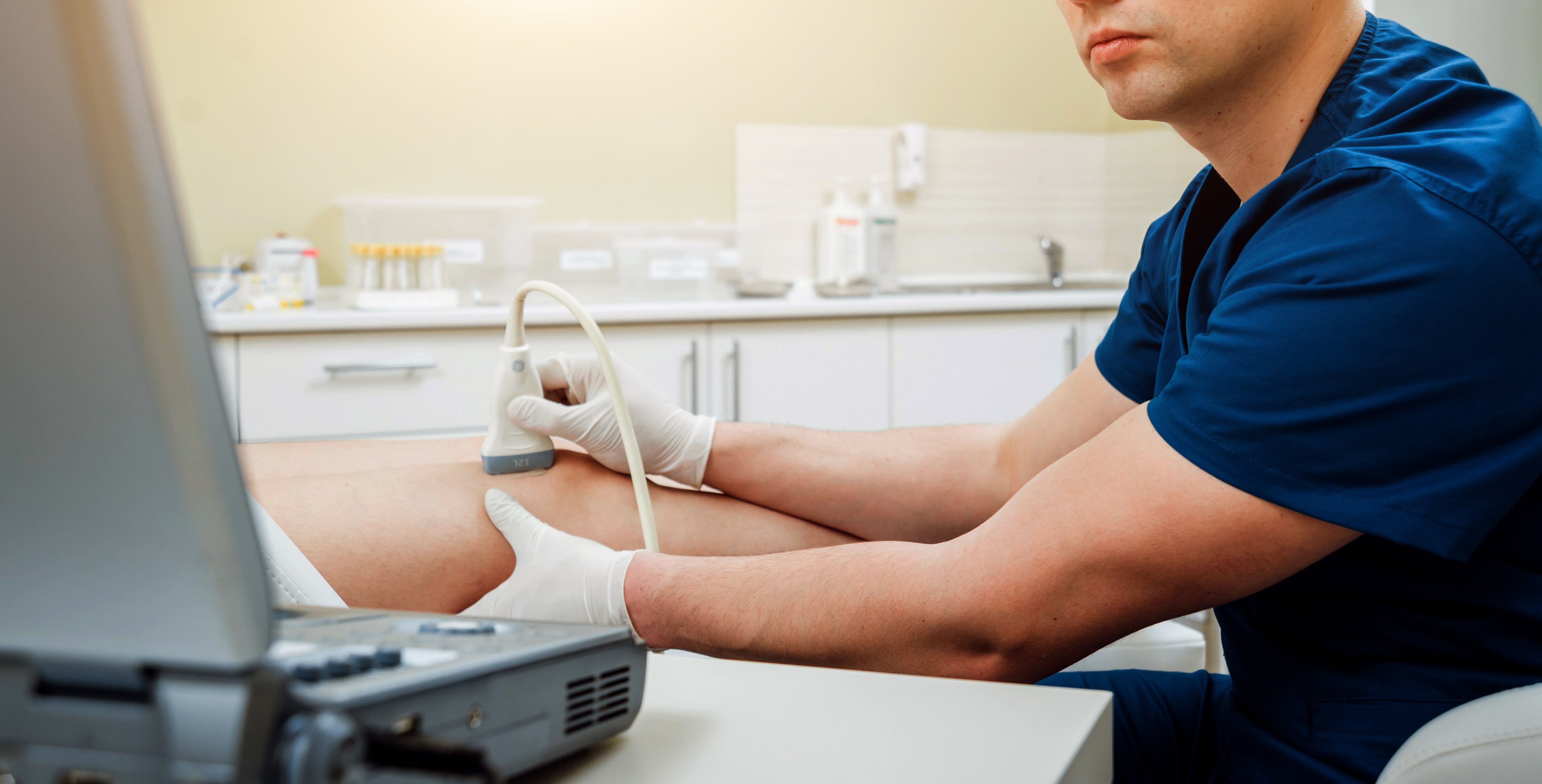
Doctors typically measure bone mineral density (BMD) to determine the health of our bones. BMD can be influenced by genetics, nutrition, and lifestyle.
BMD naturally decreases as we age, and with aging, the risk of osteoporosis increases.
Osteoporosis negatively impacts bone strength, causing them to become fragile while increasing the risk of fractures. Common fracture areas include the hip, spine, and wrists.
Osteoporosis affects women more so than men, but men can develop it as well. Osteoporosis not only causes the patient to experience a reduced quality of life but is a socioeconomic burden as well. And yet, osteoporosis continues to be underdiagnosed and undertreated.
Bone quality is often assessed using dual-energy x-ray absorptiometry (DEXA). Although this is effective, it can be costly. This is why ultrasounds can be useful as a more affordable option. Due to its mobility, low cost, and effectiveness, ultrasound is a great alternative to get more people diagnosed with osteoporosis before a fracture occurs.
Although ultrasound can’t provide all the information which DEXA can, it is an excellent alternative to obtain preliminary information about a person’s bone health.
It’s essential that you adhere to bone-healthy habits such as proper nutrition and regular exercise to keep bones healthy and reduce the risk of bone fractures.